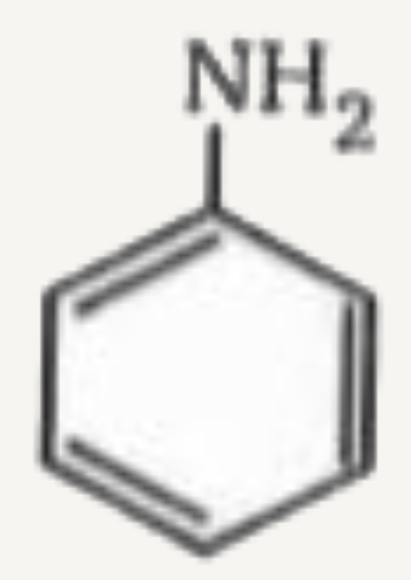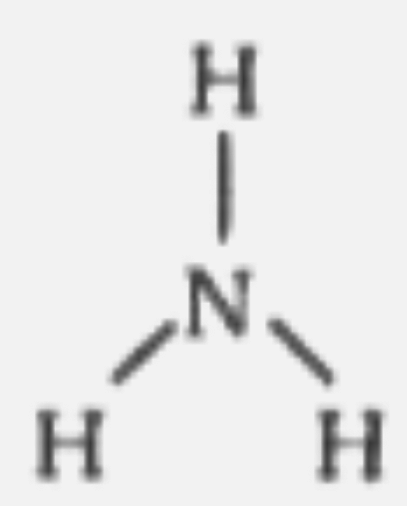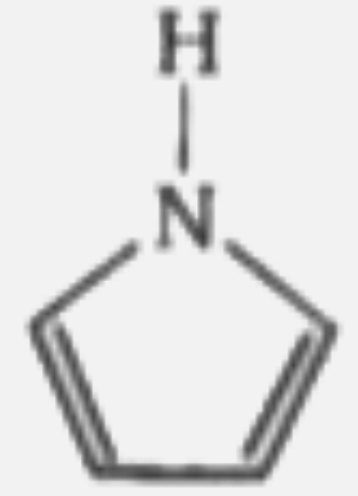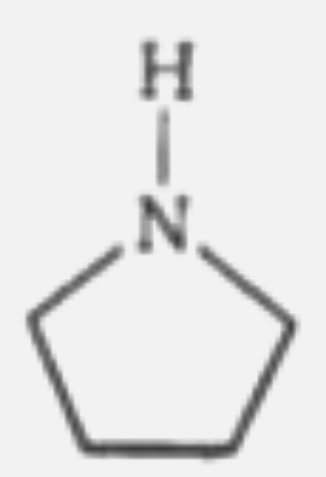Of the given anions, the strongest Bronsted base is
(a) ClOΘ
(b) ClOΘ2
(c) ClOΘ3
(d) ClOΘ4
The correct Answer is:A
To determine which of the given anions is the strongest Brønsted base, we need to analyze the anions provided: ClO⁻, ClO₂⁻, ClO₃⁻, and ClO₄⁻. A Brønsted base is defined as a species that can accept a proton (H⁺ ion).
1. Understanding Brønsted Bases:
- A Brønsted base is a substance that can accept protons (H⁺ ions). Therefore, we need to consider how each anion behaves when it accepts a proton.
2. Formation of Acids:
- When each anion accepts a proton, they form the corresponding acids:
- ClO⁻ → HClO (hypochlorous acid)
- ClO₂⁻ → HClO₂ (chlorous acid)
- ClO₃⁻ → HClO₃ (chloric acid)
- ClO₄⁻ → HClO₄ (perchloric acid)
3. Determining Oxidation States:
- To understand the acidic strength of these acids, we need to calculate the oxidation state of chlorine in each:
- In HClO: Cl is +1
- In HClO₂: Cl is +3
- In HClO₃: Cl is +5
- In HClO₄: Cl is +7
4. Acidic Strength and Oxidation State:
- The acidic strength of these acids increases with the oxidation state of chlorine. Thus, the order of acidic strength is:
- HClO₄ > HClO₃ > HClO₂ > HClO
5. Analyzing the Bases:
- The stronger the acid, the weaker its conjugate base. Therefore, since HClO₄ is the strongest acid, ClO₄⁻ is the weakest base. Conversely, HClO is the weakest acid, making ClO⁻ the strongest base.
6. Conclusion:
- Since ClO⁻ has the least tendency to donate H⁺ ions (it is the least acidic), it has the highest tendency to accept H⁺ ions, making it the strongest Brønsted base among the given anions.
Final Answer:
The strongest Brønsted base among the given anions is ClO⁻.
- A Brønsted base is a substance that can accept protons (H⁺ ions). Therefore, we need to consider how each anion behaves when it accepts a proton.
- When each anion accepts a proton, they form the corresponding acids:
- ClO⁻ → HClO (hypochlorous acid)
- ClO₂⁻ → HClO₂ (chlorous acid)
- ClO₃⁻ → HClO₃ (chloric acid)
- ClO₄⁻ → HClO₄ (perchloric acid)
- To understand the acidic strength of these acids, we need to calculate the oxidation state of chlorine in each:
- In HClO: Cl is +1
- In HClO₂: Cl is +3
- In HClO₃: Cl is +5
- In HClO₄: Cl is +7
- The acidic strength of these acids increases with the oxidation state of chlorine. Thus, the order of acidic strength is:
- HClO₄ > HClO₃ > HClO₂ > HClO
- The stronger the acid, the weaker its conjugate base. Therefore, since HClO₄ is the strongest acid, ClO₄⁻ is the weakest base. Conversely, HClO is the weakest acid, making ClO⁻ the strongest base.
- Since ClO⁻ has the least tendency to donate H⁺ ions (it is the least acidic), it has the highest tendency to accept H⁺ ions, making it the strongest Brønsted base among the given anions.
The strongest Brønsted base among the given anions is ClO⁻.
Topper's Solved these Questions
- IONIC EQUILIBRIUMBOOK - CENGAGE CHEMISTRY ENGLISHCHAPTER - IONIC EQUILIBRIUMEXERCISE - Exercises Assertion-Reasoning
36 Videos
- IONIC EQUILIBRIUMBOOK - CENGAGE CHEMISTRY ENGLISHCHAPTER - IONIC EQUILIBRIUMEXERCISE - Exercises Integer
10 Videos
- IONIC EQUILIBRIUMBOOK - CENGAGE CHEMISTRY ENGLISHCHAPTER - IONIC EQUILIBRIUMEXERCISE - Exercises Multiple Correct
33 Videos
- HYDROGEN, WATER AND HYDROGEN PEROXIDEBOOK - CENGAGE CHEMISTRY ENGLISHCHAPTER - HYDROGEN, WATER AND HYDROGEN PEROXIDEEXERCISE - Subjective Archive (Subjective)
3 Videos
- ISOMERISMBOOK - CENGAGE CHEMISTRY ENGLISHCHAPTER - ISOMERISMEXERCISE - Assertion-Reasoning Type
1 Videos
Similar Questions
Knowledge Check
Which of the following is the strongest Bronsted base ?
A B
B C
C D
D
Which of the following is the strongest Bronsted base ?
A B
B C
C D
D
The strongest base is
ACH3−N∣CH3−CH3B CC6H5−N∣C6H5−C6H5DCH3−NH−CH3
CC6H5−N∣C6H5−C6H5DCH3−NH−CH3
